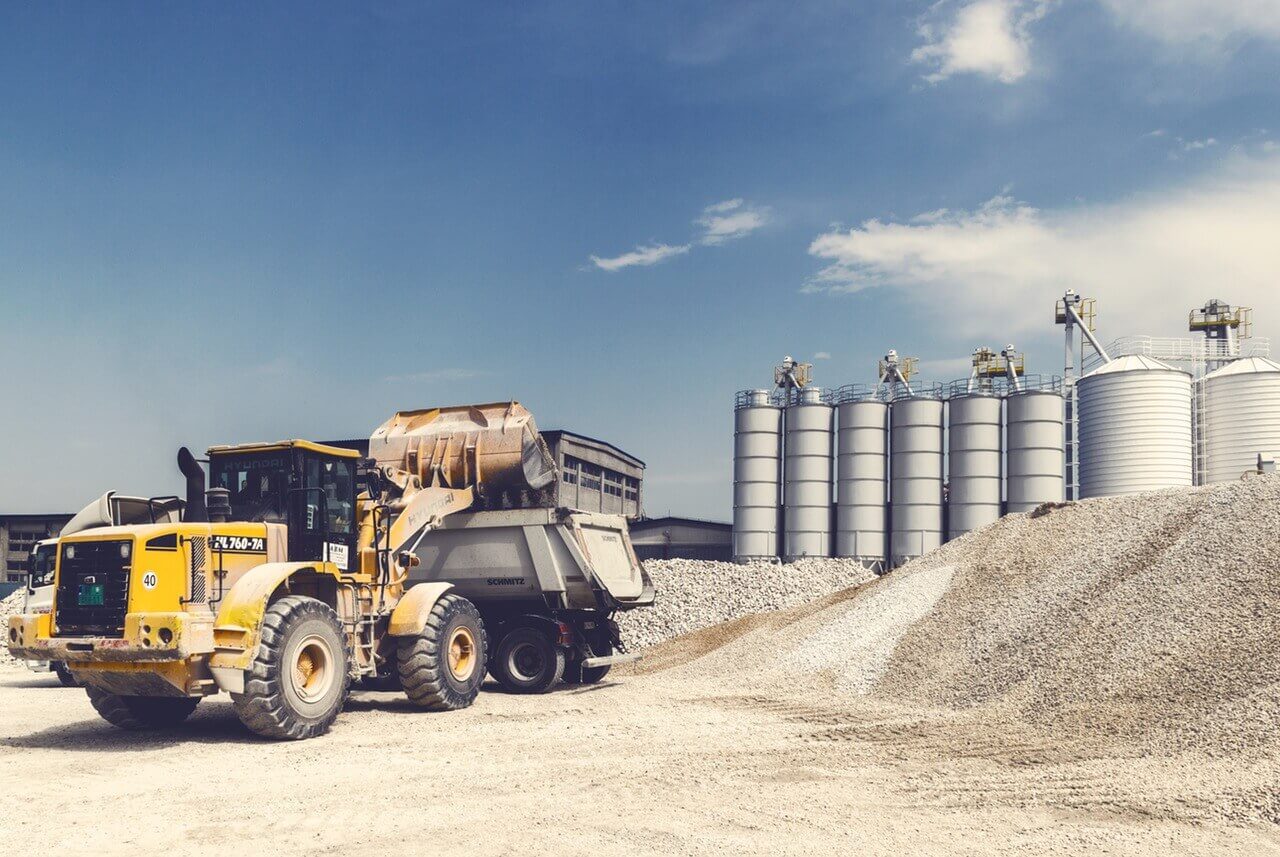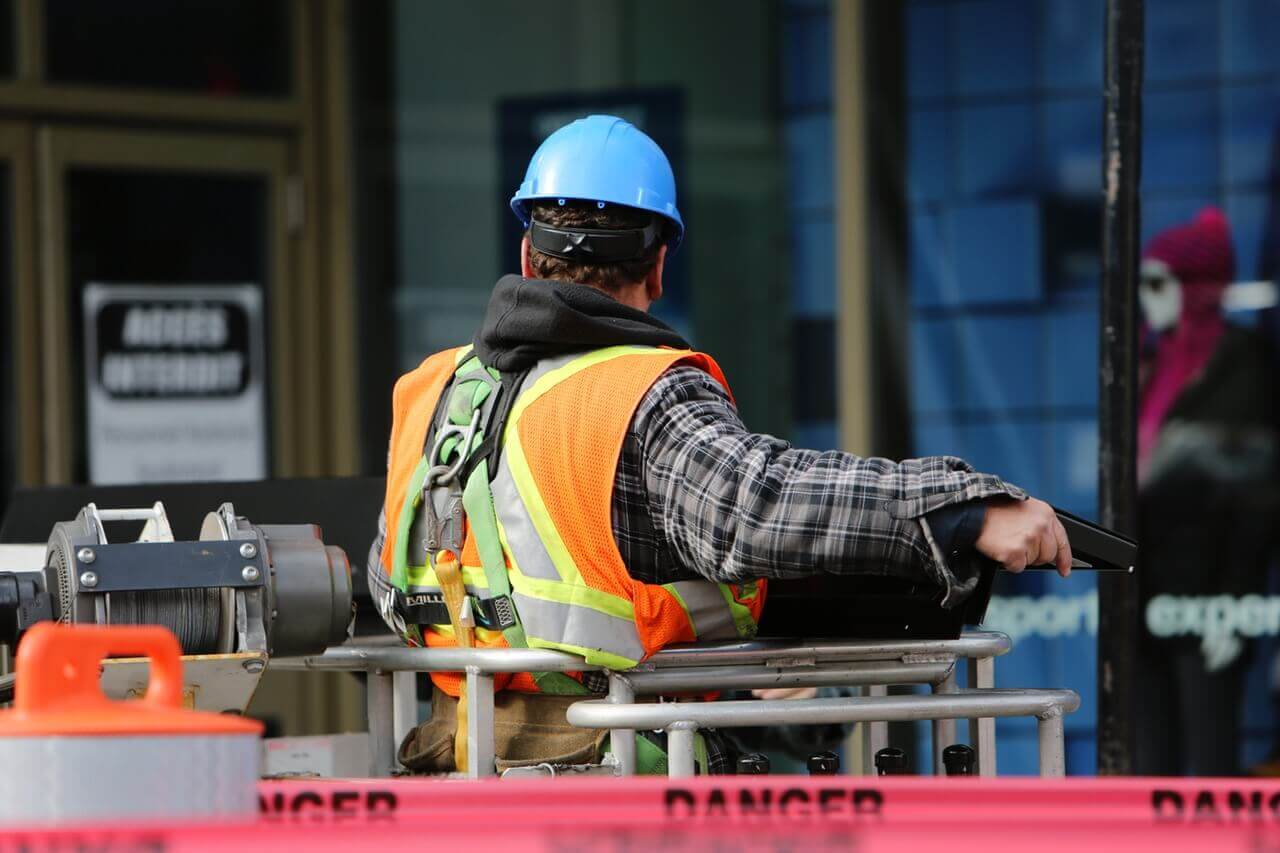Toolbox Talks: The Ultimate Guide
Industry Trends | By | 14 Oct 2016 | 4 minute read

Engaging employees in conversations around various safety topics is a challenge. Toolbox talks are essential prior to or during a work shift. It helps them keep safety at the forefront of their mind. Safety should be the first and last thing everyone thinks about each day.
The purpose of a toolbox talk is to provide relevant site-specific safety information. They typically go for 5-10 minutes. Two or three times a week is the ideal frequency. Repetition is key to learning. More frequent toolbox talks fosters a safety driven culture. Here’s our top 5 tips for making a toolbox talk a success.
1. Have a goal
5-10 minutes is a short time frame to deliver a moving safety speech. But it’s also just the right amount of time to hold someone’s attention. Think well in advance what you want your toolbox talk to be about. Direct your discussion around 1-2 goals that you want to achieve.
Your goal could be:
- Identify all the hazards to be wary of
- Correct an issue
- Give positive feedback about something that has been done right
- Remind workers about risk taking consequences
- Demonstrate leadership to safety
- Introduce good practice, like the benefit of incident reporting
2. Make your toolbox talk interactive

Nobody likes to be lectured. Period. Toolbox talks provide no exception. You can make your toolbox talk format like a question and answer. Workers have a lot of experience and knowledge that benefits your safety meeting. By asking for their input, it empowers them to have safety at the forefront of their mind. By generating buy-in you create safety leaders
3. Be specific
Toolbox talks run the risk of being vague or too general. Telling workers to just be careful is not an effective way to keep them safe. It is better to just tell them about the hazard, and give them concrete steps to take. Concrete steps help reduce the risk of injury. Try to find positive things from workers behavior and try to minimize the tension that can be present.
4. Demonstrations

The hands on component of safety toolbox talks are so important. Rather than just pointing and describing a hazard, you could be demonstrating it. Bring in tools to show how they should be used. Or, allow the workers to try it for themselves. People learn differently, try to help the visual, kinesthetic and auditory learners in your toolbox talk.
5. Ending and actions
Ending your toolbox talk in a positive way is always a challenge. You want to thoroughly cover the hazards and risks but also give positive feedback. The best way to do this is to conduct your toolbox by using an app. Record the date, participants and record all your actions moving forward. You can even assign people from your organization to take actions. If you’re a safety manager, you should be keeping track of all of them. Safety inspection app, SafetyCulture iAuditor allows you to do that.
Most common toolbox talks
Working at heights

One of the most common safety hazards construction workers face is working at heights. This is an important topic to cover prior to a job commencing. Within your toolbox talk you could talk about Guardrails, extension ladders, and scaffolds. Or go through the best process for floor and roof openings and suspended access equipment.
Fall protection

Teaching your workers appropriate fall protection is essential. Particularly if they are working at height all day. You can take your workers through basic types of fall protection and how to inspect them properly. Or teach them to use the right rope grabs.
Electrical safety

Electrocutions account for one of the most common injuries seen on construction sites. Within your toolbox talk, you can talk about lockout and tagging. And why electrical audits are important. For example, many organisations rely on companies like Precision Test & Tag for expert electrical testing and tagging services, helping ensure equipment is safe before each shift. This will help your workers be aware of the risks before they encounter them.
Vehicles

Moving vehicles and people doesn’t often go well. There is a lot of noise on construction sites. This makes it difficult to hear vehicles when they approach. Your toolbox talk can cover where the vehicles will be operating and the time they will be on site. If you are working on a civil roads project, the topics can cover highway traffic and how to stay safe.
Techniques and tools

Construction projects are dynamic and challenging. The tools you need constantly change. Construction workers need to be agile and ready to upskill to get the job done. The best way to teach your workers about a new tool is to give a demonstration. Your demonstration can cover PPE, the checks required prior to using the tool, and basic safety when using it.
Toolbox tips
Focus on how to get your team’s attention. Failure to comply with safety standards is a costly exercise. If you want a safe site, a toolbox talk is one of the most effective ways to get your workers on the same page. Toolbox talks are a great way to connect with your workers and strengthen safety culture. Have a thorough process and your toolbox talks will be received positively from your workers.
Downloadable toolbox talks
Weekly Toolbox Minutes – this checklist is a fast and efficient way to capture your safety notes. Go through safe observations and give positive feedback, conduct a task analysis and update your hazards. Create follow-up actions and make sure your workers sign off that they’ve understood.
Want more tips on how to pull off an effective induction? Read 10 Steps To An Effective Induction.
Looking for more checklists? Check our list of some of the best checklists for construction, including JSAs, Safety Checklists, Work Log Templates and more.
Important Notice
The information contained in this article is general in nature and you should consider whether the information is appropriate to your specific needs. Legal and other matters referred to in this article are based on our interpretation of laws existing at the time and should not be relied on in place of professional advice. We are not responsible for the content of any site owned by a third party that may be linked to this article. SafetyCulture disclaims all liability (except for any liability which by law cannot be excluded) for any error, inaccuracy, or omission from the information contained in this article, any site linked to this article, and any loss or damage suffered by any person directly or indirectly through relying on this information.





